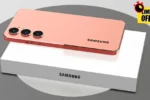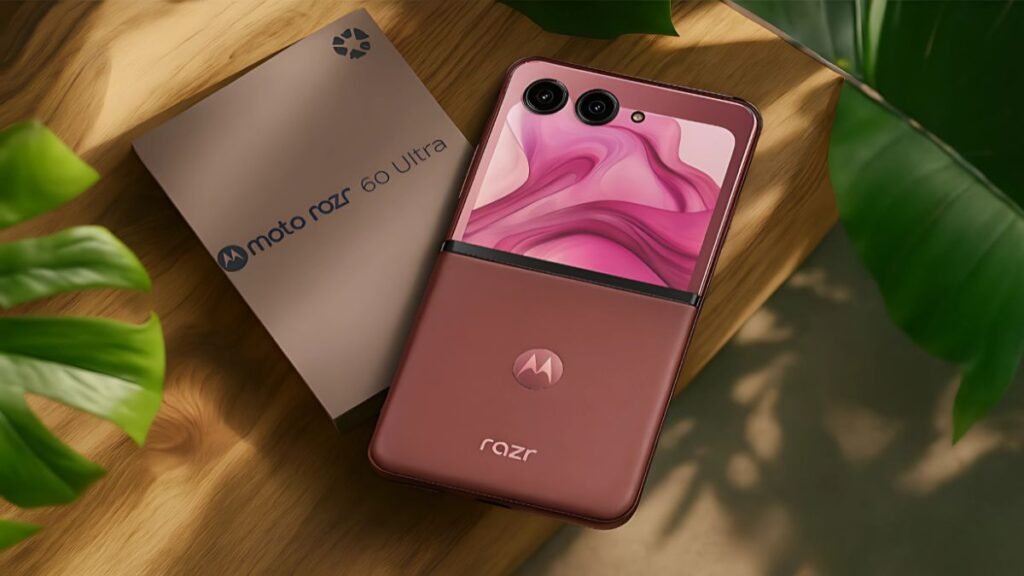Google Pixel 9 Ultra Launched: Quick reality check (as of September 13, 2025, IST): Google hasn’t announced or listed a “Pixel 9 Ultra” on its official channels. The actual 2024–2025 Pixel lineup centers on Pixel 9, Pixel 9 Pro, Pixel 9 Pro XL, and Pixel 9 Pro Fold. If you’ve seen “Pixel 9 Ultra launched” headlines, treat them as unverified until Google publishes an official product page or press post.
Why the ‘Ultra’ Buzz Exists (and How to Read It Smartly)
In the smartphone world, “Ultra” usually signals a maxed-out flagship. It’s a powerful label, and that’s exactly why it spreads fast—even when a product doesn’t exist. We’ve seen cycles where renders, wishlist specs, and rumor posts snowball into “launch” stories without a matching product page, press kit, or price. Here’s our take: we separate naming hype from shipping reality. Google’s 2024/2025 strategy pairs mainstream models (Pixel 9 / 10) with higher tiers (Pro, Pro XL) and a foldable (Pro Fold).
That already covers the “bigger, better, bolder” slots an “Ultra” would typically occupy. Until Google shows a buy-now page, a spec sheet, and retail bundles, the safest assumption is that “Pixel 9 Ultra” is a rumor, not a retail device. That doesn’t kill the excitement—if anything, it protects your wallet. Save the screenshots if you like leaks; just don’t plan a purchase around them. When an Ultra-class Pixel appears (if it ever does), it will launch with full specs, colors, pricing, and preorder dates on Google’s own platforms.
What Google Actually Launched in the Pixel 9 Generation
Let’s anchor to verified releases. In 2024, Google introduced the Pixel 9 family: Pixel 9, Pixel 9 Pro, Pixel 9 Pro XL, plus the Pixel 9 Pro Fold. These phones emphasized AI features, revamped camera pipelines, refreshed designs, and long software support. Availability, pricing tiers, and preorder timelines were shared at launch, with official pages detailing displays, cameras, and Gemini-powered tools.
In short: there was a big Pixel 9 launch—just not an “Ultra.” If you’re shopping today, these are the models you can research, compare, and buy with confidence. The Pixel 9 hits the value sweet spot; the Pro adds better cameras and materials; the Pro XL scales battery and screen; the Pro Fold targets power users who multitask on a larger canvas. That tiering is already “Ultra-like” without the nameplate.
Pixel 9 and Pro Models: The Confirmed Highlights
The standard Pixel 9 brings a 6.3-inch OLED with up to 120Hz, bright peak nits for sunny sidewalks, and tough cover glass. It pairs clean Android with Google’s AI features for photos, messaging, and search. Move to the Pro/Pro XL, and you step into a triple-camera system anchored by a 50MP main sensor, an ultrawide with Macro Focus, and a 5x telephoto, plus refined industrial design. The Pro XL stretches to roughly 6.8 inches, giving creators, commuters, and readers more space for edits, docs, and video. Across the line, Google leans on AI: better low-light imaging, smarter editing, and assist features that shave seconds off routine tasks. These enhancements are the real reason Pixels feel different day-to-day—less about raw specs, more about how fast the phone gets out of your way.
What an ‘Ultra’ Would Need to Beat: Our Benchmark
If an “Ultra” ever lands, it’ll need clear wins over Pro XL—think: a larger primary sensor or dual-aperture tricks, higher-efficiency silicon with cooler sustained performance, faster charging that preserves battery health, and an even brighter LTPO panel with comfortable PWM. It would also need smarter thermal design for long 4K recording and extended, on-device AI sessions without throttling. Finally, an Ultra must justify an Ultra price—ideally by bundling extended warranties, premium accessories, or pro-grade apps. In other words, an Ultra badge isn’t a font choice; it’s a promise you’ll feel in everyday use—shooting, editing, navigating, and messaging—without micromanaging settings.
Camera Reality: What’s Proven vs. What’s Clickbait
On Pixels you can buy today, Google’s strength remains the compute pipeline: HDR+ tuning, Night Sight, skin-tone fidelity (Real Tone), and AI-assisted editing (Add Me, Best Take, Zoom Enhance) that makes casual shooters look pro. Pro/Pro XL’s 5x telephoto keeps detail at practical zoom ranges, while ultrawide autofocus unlocks capable macro. A hypothetical “Ultra” with a sensational megapixel count isn’t automatically better; without Google’s tuning and thermal headroom, big sensors can hit noise walls, shutter lag, or heat issues. What matters more is consistency: tap, shoot, trust the result. That’s the Pixel promise—and the bar an Ultra would have to clear.
Design Language: Subtle Sculpting, Real-World Durability
The current design direction trades loud curves for sculpted, confidence-in-hand shapes, matte textures for grip, and a camera bar that doubles as a visual anchor. Materials focus on durability—tough glass, sturdy frames, tight tolerances—so the phones feel classy without being coddled. A true “Ultra,” if it ever shows, would have to meaningfully raise that tactile bar: slimmer bezels without palm-rejection drama, lighter frames without flex, and durability that makes cases optional rather than mandatory. There’s also a sustainability angle: recycled materials and repair friendliness now matter to premium buyers as much as bezels do.
Performance and AI: Why Tensor + Gemini Changes the Daily Feel
Google’s playbook isn’t just clock speeds—it’s perception of speed. With on-device models handling summarization, image tweaks, and context-aware replies, the phone “feels” quicker because tasks finish locally and hand off smartly to the cloud when needed. Pro models add RAM headroom for longer editing sessions and dense multitasking. Would an Ultra help? Possibly through more efficient silicon and better sustained performance—useful for 4K60 recording, long nav routes with live translation, and batch edits. But the magic is orchestration: the right tasks on device, the right ones in the cloud, and the transitions invisible to you. That’s Google’s edge—and why Pixels punch above raw spec sheets.
Battery, Charging, and the ‘All-Day’ Promise
Battery life isn’t just mAh; it’s the tug-of-war between display brightness, 5G stacks, camera bursts, and AI assists. Pixel 9 family balances these with adaptive controls and efficient refresh scaling. Pro XL, with its larger cell, naturally stretches farther for heavy users. Faster wired speeds are nice, but thermal discipline and pack longevity matter more for long ownership. For a bona fide Ultra, we’d expect not only faster charging but smarter charging—learning routines to minimize wear, keeping temps cool during top-ups, and perhaps more granular battery health controls in settings. That’s how you turn “all-day” into “don’t-think-about-it.”
Software Support and Pixel Drops: Longevity > Hype
Another reason an “Ultra” label isn’t necessary: Pixels already lean into long support windows and steady feature additions via Pixel Drops. That spreads the “new phone feel” across your ownership, not just launch week. AI features continue to roll out and refine after day one, so your camera, calling tools, and safety features mature over time. If an Ultra exists someday, it should double down on this cadence: pro-tier editing packs, creator-grade color tools, and deeper live-assistant capabilities. For now, though, the current models already benefit from the ongoing drop cycle and strong OS/security support commitments.
Pricing & Availability: Where the Value Really Lands
Street prices shift with bank offers and seasonal sales, but the structure has been consistent: Pixel 9 as the accessible flagship; Pro for camera lovers; Pro XL for big-screen power users; and Pro Fold for multitasking fans. That spread gives you “Ultra-class” choice without an Ultra name. If you see a jaw-dropping “Ultra” price with improbable specs and instant availability, cross-verify on the Google Store or official announcements. No listing? It isn’t real yet. Use official pricing as your baseline, then leverage card/EMI promos to hit your personal budget target. That’s how you buy a Pixel smartly and avoid fear-of-missing-out traps.




